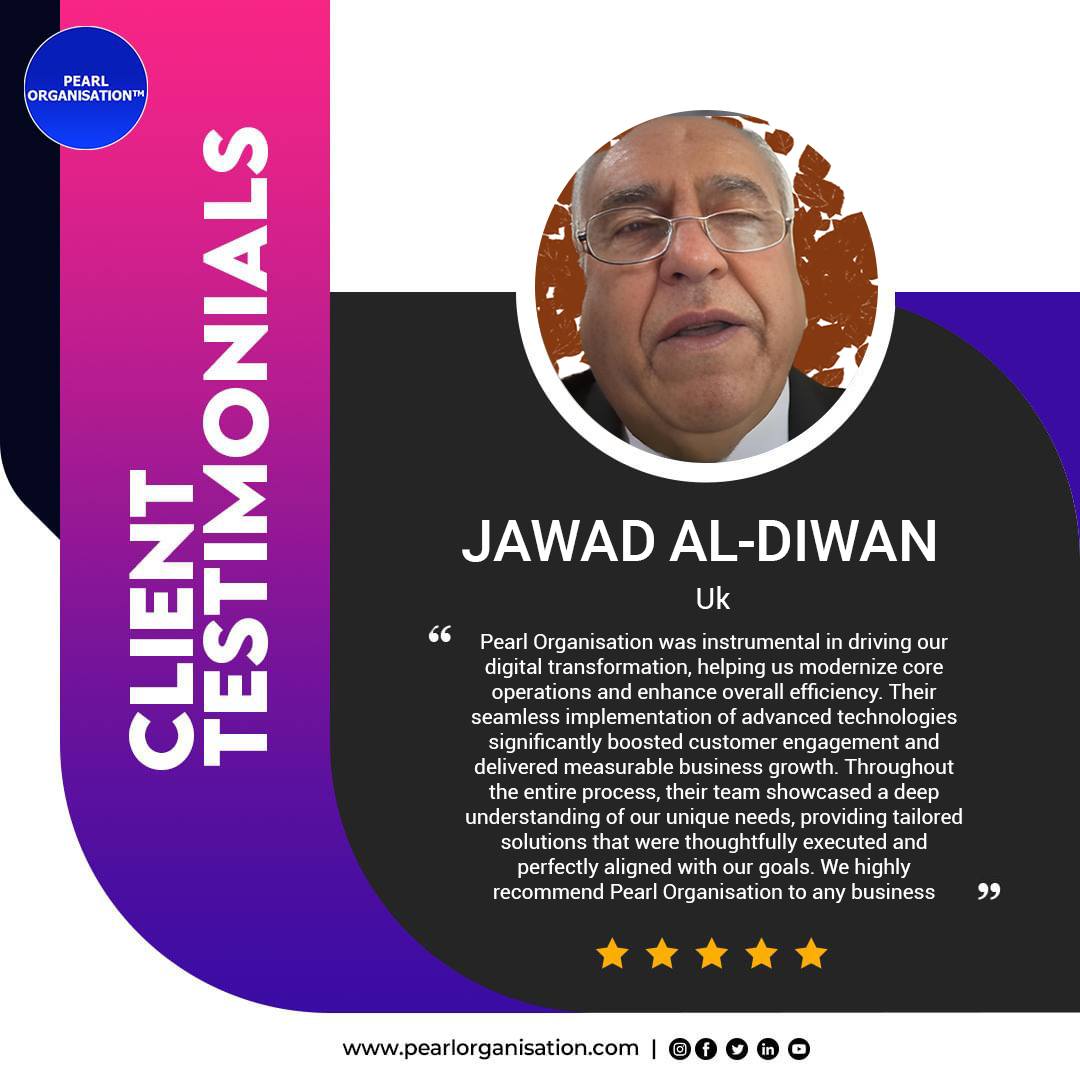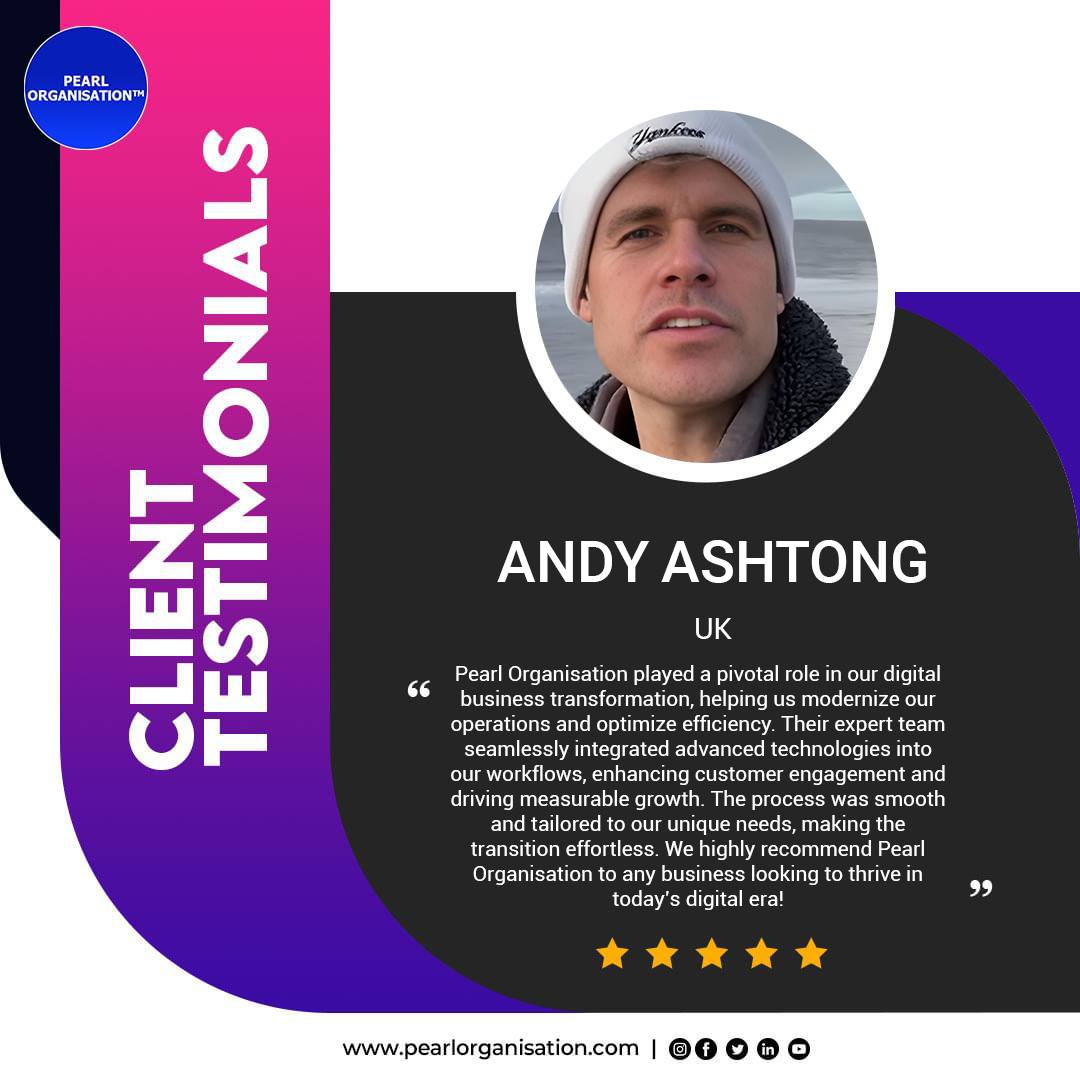How to Plan an App Rebuild Without Losing Users
- Larrisa

- Jul 26
- 8 min read
By Pearl Organisation | Delivering Application Rebuilds Without Compromising User Trust

🚀 Introduction: Why App Rebuilds Are a Strategic Necessity
In the lifecycle of any application, there comes a time when patches and upgrades aren’t enough. Whether due to outdated technology, lack of scalability, declining performance, or shifting user expectations—a complete app rebuild becomes inevitable.
But here’s the challenge: your users are already familiar with your existing system. They know its quirks, have integrated it into their daily routines, and have expectations around stability. Rebuilding your app without alienating these users requires precision, empathy, and strategy.
At Pearl Organisation, we've guided businesses in 150+ countries through complex application overhauls—ensuring zero user disruption and 100% functionality continuity. In this article, we share our comprehensive, field-tested blueprint on how to rebuild an app the right way.
✅ Step 1: Establish a Clear Rebuild Objective
Start with strategic clarity. Before initiating any technical changes, you must define why the app rebuild is essential.
Common Justifications Include:
Legacy tech stack (e.g., PHP 5.x, jQuery) inhibiting innovation
Frequent performance bottlenecks or crashes
App not supporting modern devices or screen sizes
Security vulnerabilities and compliance failures
High maintenance costs due to unscalable codebase
Transition from monolithic to microservices architecture
Need to future-proof with AI, real-time data, or cross-platform reach
🎯 Pearl Insight: Tie each technical decision directly to business outcomes such as lower churn, increased ARPU, faster GTM, or improved CSAT scores.
🔍 Step 2: Conduct a Deep-Dive User Behavior Analysis
Rebuilds should not be based solely on what stakeholders believe—they must be user-driven.
Perform:
Heatmap and session replays: Identify UI friction points
Funnel drop-off analytics: Discover where users disengage
Feature adoption tracking: See what users love vs. ignore
Support ticket mining: Spot recurring frustrations
Surveys & interviews: Capture user sentiment qualitatively
💡 Document workflows your users rely on heavily. Retain these flows in your rebuild and improve them with smoother transitions, better visuals, or simplified actions.
📌 Remember: Removing or drastically changing a frequently used feature without explanation is a surefire way to lose user trust.
🧠 Step 3: Choose a Strategic Rebuild Approach
Your approach determines the risk level and user impact.
⚒️ 1. Full Rebuild (Big Bang)
Build the new app from scratch.
Replace the old version in one major release.
Works only for small or inactive user bases.
⚠️ High risk if not validated.
🔁 2. Modular Migration (Refactor in Place)
Rebuild individual components (e.g., authentication, dashboard) incrementally.
Users experience changes gradually.
Less risk, longer timeline.
🧪 3. Dual System with Phased Rollout
Old and new apps run in parallel.
New users get the upgraded app.
Existing users migrate in controlled batches.
Real-time feedback informs further changes.
✅ Pearl Best Practice: For live applications with active users, we recommend a dual system + modular rebuild hybrid, giving control, continuity, and testability.
📣 Step 4: Proactively Communicate with Your Users
The biggest mistake companies make is surprising users with a new interface or app flow. Users resist what they don’t understand.
Communication Essentials:
Early announcement: Notify users a rebuild is underway, highlight why it matters to them (speed, features, better support).
Public roadmap: Use tools like Trello, Notion, or in-app changelogs.
Beta access programs: Let power users explore new features early.
In-app education: Offer tooltips, walkthroughs, or videos for new UI.
🎯 Message Strategy: “We’ve heard you. We’re making it better—for speed, simplicity, and modern features.”
🔄 Step 5: Ensure Complete Backward Compatibility
Don’t make users re-register, lose saved data, or re-learn every task.
What You Must Preserve:
User accounts, logins, OAuth tokens
Profile preferences, purchase history, and session data
Database integrity between old and new versions
3rd party API compatibility and webhooks
Link redirections (old URLs must point to new equivalents)
🛡️ Pearl Approach: We use data replication layers, shadow APIs, and fallback services to ensure no data loss or broken functionality during migration.
🧪 Step 6: Validate Every Update with Real Users
Never launch a complete rebuild without live feedback loops in place.
Key Testing Strategies:
A/B Testing: Compare feature variants across user segments
Canary Releases: Rollout to a small % of users first
Beta Access Groups: Involve early adopters in usability testing
Performance Monitoring: Track crash reports, load times, screen freezes
🧠 Use metrics like:
Time on task
Task completion rate
Support ticket frequency
App store review trends
If errors rise, pause the rollout and iterate.
⚙️ Step 7: Improve Performance—Don’t Just Redesign
Users may forgive minor design changes—but they won’t tolerate a slower app.
Rebuild Performance Checklist:
Asset minification and lazy loading
Code splitting for faster load times
Caching (Redis, IndexedDB, HTTP cache headers)
Static file optimization (CDNs, Brotli compression)
Optimized queries and background processing
Pearl Organisation uses automated performance audits (Lighthouse, GTmetrix, Firebase) to ensure rebuilds are faster than their predecessors.
📈 Step 8: Implement Continuous Monitoring & Rollback Options
The rebuild doesn’t end at launch—it enters an observation phase.
What to Monitor:
Crash-free user sessions (%)
Real-time logs & exceptions
Feature adoption rates
User churn and uninstall trends
CSAT and NPS scores
Set triggers for rollback if:
Session duration drops > 30%
Crash rate exceeds baseline
Support tickets spike unexpectedly
🧰 Pearl’s DevOps team deploys failover versions and uses Blue/Green Deployments to allow seamless switchbacks if any major regression occurs.
🎉 Step 9: Celebrate the Rebuild & Invite Feedback
Once the rebuild is stable:
Launch a rebuild announcement campaign
Showcase before/after performance benchmarks
Highlight real user testimonials praising the new version
Send in-app prompts asking: “Was this update useful?”
Reward your loyal users with early feature access, discounts, or badges. Rebuilds should be framed not just as maintenance—but as a milestone of growth.
🏁 Conclusion: A Successful Rebuild = Strategic Execution + User Empathy
Rebuilding your app is not just about code refactoring. It’s about retaining trust, protecting workflows, and empowering users with better digital experiences.
At Pearl Organisation, our process integrates:
We ensure your rebuild is not only technically flawless but also user-approved and market-ready.
🧩 Ready to Rebuild Your App With Zero User Loss?
Let Pearl Organisation help you:
Modernize legacy platforms
Migrate to cloud-native architecture
Introduce next-gen UX/UI
Retain 100% of your users during transformation
📞 Book a Consultation Today
🌍 Global FAQs: How to Plan an App Rebuild Without Losing Users
What is an app rebuild and how is it different from an app update?
An app rebuild involves re-developing the application from the ground up—often using a new tech stack, modern UI/UX standards, and improved backend infrastructure. It may change both the architecture and the front-end experience.
In contrast, an app update is typically a patch or incremental enhancement applied to the existing structure—such as adding a feature, fixing a bug, or modifying UI elements.
Pearl Organisation handles rebuilds for clients worldwide who seek enhanced performance, scalability, and modernization—without disrupting their existing user base.
Why do global enterprises consider app rebuilds essential in 2025?
With the rapid pace of technological innovation, user expectations, compliance standards, and performance demands have changed dramatically. Global enterprises consider app rebuilds to:
Improve speed, security, and cross-platform support
Transition to scalable cloud-native architectures
Meet international data privacy laws (like GDPR, HIPAA)
Implement modern design systems and accessibility compliance
Expand to international markets with multilingual, geo-aware systems
At Pearl Organisation, we help organizations align their app infrastructure with global technology standards and evolving user behavior.
Can I rebuild my app without losing existing user data?
Yes. A properly planned rebuild must preserve all critical user data including:
Accounts and authentication tokens
Preferences and settings
Purchase history and subscriptions
Saved documents, media, or transactional records
Pearl Organisation ensures seamless data migration, maintains backward compatibility with existing APIs, and validates post-migration data integrity using secure replication pipelines.
How can I retain user trust during a major app redesign or rebuild?
User trust can be preserved through:
Transparent communication: Inform users about the purpose and benefits of the rebuild early.
Beta programs: Involve loyal users in testing the new version.
Progressive rollout: Introduce the new system gradually while supporting the old version temporarily.
UX continuity: Maintain familiar workflows while improving aesthetics and speed.
Globally, successful brands like Airbnb, Instagram, and Dropbox have implemented app rebuilds using similar strategies—backed by strong UX research and agile development models.
What happens if users dislike the rebuilt version?
This risk can be mitigated by:
Conducting A/B tests and canary deployments
Collecting user feedback before full rollout
Offering a “switch to classic view” temporarily
Rapid iteration and bug resolution based on early user input
At Pearl Organisation, we build feedback loops into every deployment using real-time monitoring tools, usability analytics, and rollback triggers.
Is it possible to rebuild only parts of the app instead of starting over?
Yes. This is known as modular rebuilding or phased refactoring. You can:
Rebuild high-impact modules (e.g., dashboard, search)
Replace outdated components with microservices
Migrate slowly to a new frontend/backend stack
For example, you may keep your user authentication and database layers intact while rebuilding the front-end using React, Flutter, or Vue.js.
This approach, preferred by many global enterprises, lowers disruption risk and allows faster deployment of specific improvements.
How long does a typical enterprise app rebuild take?
The rebuild timeline depends on factors such as:
Application complexity and size
Number of platforms involved (web, Android, iOS)
Design and feature overhaul requirements
Legacy system dependencies
Average duration:
Small applications: 4–6 weeks
Medium-scale apps: 2–3 months
Large enterprise apps: 4–9 months (modular or full rebuild)
Pearl Organisation offers customized project timelines after technical audits, and ensures delivery within agile sprints and milestone-based tracking.
Will the app need to be taken offline during a rebuild?
No, not necessarily. With the right approach, users will experience zero downtime during and after a rebuild.
We use:
Staging environments for safe testing
Blue-Green Deployments to switch traffic without disruption
Real-time data syncing between old and new systems
Feature flags to control visibility and gradual rollout
Our clients across Europe, the Middle East, Asia, and North America have seen 100% operational continuity during live app rebuilds handled by Pearl Organisation.
How do I handle multilingual users and accessibility during the rebuild?
A modern app rebuild must support:
Global localization standards (i18n and l10n)
Multi-currency, multi-timezone, and multi-region content
Accessibility standards such as WCAG 2.1 for screen readers and keyboard navigation
Pearl Organisation ensures your new application is not just scalable—but globally inclusive and compliant, opening new markets and increasing adoption.
How does Pearl Organisation ensure scalability during a rebuild?
We future-proof your app using:
Scalability is not a feature—it’s an architectural principle embedded into every application we rebuild.
What industries benefit most from application rebuilds?
Any industry operating digital products at scale will benefit from app rebuilds, especially:
Healthcare: Legacy systems, compliance-heavy, high-security needs
FinTech: Speed, reliability, real-time analytics
eCommerce: Mobile-first, inventory sync, cross-border trade
Education: LMS modernization, adaptive learning, gamification
Media & OTT: Rich content delivery, personalization, low-latency streaming
Logistics: GPS, live tracking, customer dashboards
Pearl Organisation has rebuilt apps for clients across 20+ sectors globally, delivering measurable gains in speed, UX, and revenue.
What makes Pearl Organisation different from others when it comes to app rebuilds?
User-first rebuild strategy
96% success rate across 150+ countries
Domain-driven architecture consulting
Agile project management with transparent reporting
Zero data loss guarantees
Fully documented APIs and migration protocols
Global compliance (GDPR, HIPAA, ISO, etc.)
Multilingual + accessibility support
Post-launch performance audits and improvements
We're not just developers—we're rebuild partners committed to your business continuity and customer satisfaction.




































